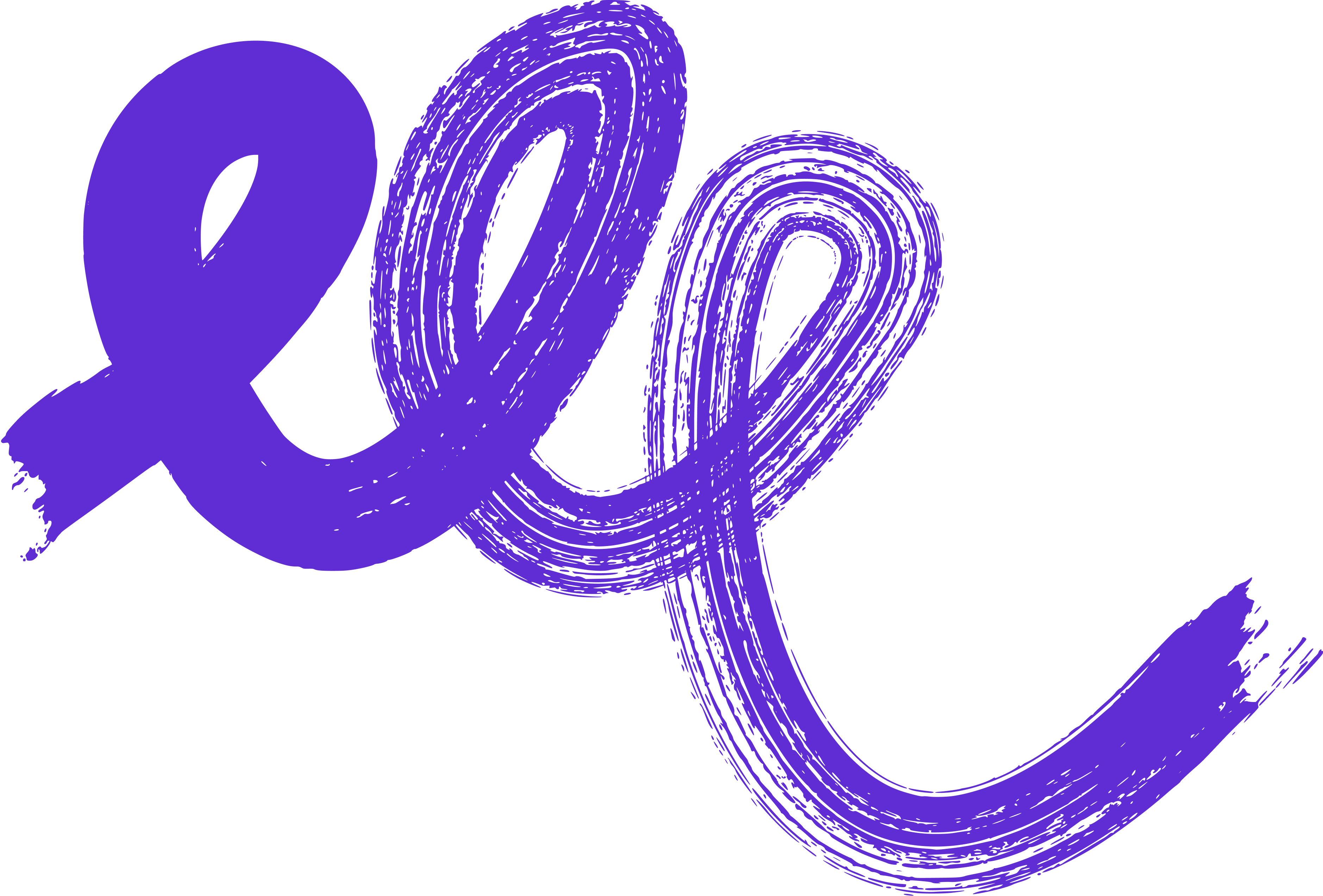🌍 All
About us
Digitalization
News
Startups
Development
Design
The Ultimate Guide to Graphic Design: A Comprehensive Q&A Session
Miłosz Piróg
May 02, 2022・5 min read
Table of Content
Definition of Graphic Design
History of Graphic Design
Types of Graphic Design
Tools Used in Graphic Design
Skills Necessary for Graphic Designers
Career Paths in Graphic Design
Ethical Considerations in Graphic Design
Trends in Graphic Design
Graphic Design Education
Graphic Design Awards and Competitions
Industry Resources for Graphic Designers
Examples of Famous Graphic Designs
References
Emerging talents and seasoned professionals constantly seek to enhance their skills and knowledge. In this comprehensive guide, we answer some of the most commonly asked questions regarding graphic design, offering insights that span from its historical roots to the essential skills needed by graphic designers in today’s digital age. So, let's delve deep into the captivating world of graphic design!
Definition of Graphic Design
Q1: What is Graphic Design?
Graphic Design is a creative process that combines visual elements and textual content to communicate messages effectively. This process involves utilizing various graphic design elements such as typography, colors, and layouts to convey a specific message to the target audience.
Q2: What are the core principles of Graphic Design?
The core principles that govern graphic design include:
- Alignment: Ensuring visual balance and order
- Hierarchy: Establishing a visual hierarchy to guide the viewer's eye
- Contrast: Using differing elements to make the design stand out
- Repetition: Using similar elements throughout the design to create unity
- Proximity: Grouping related items together to create a relationship between them
History of Graphic Design
Early Developments
Q3: How did Graphic Design evolve in the early stages?
In the early stages, graphic design was closely linked to the art of typography and printing. During the renaissance, it began blossoming as a distinguished art, with artists experimenting with visual elements and typography to enhance the visual content in books and marketing materials.
Q4: Can you mention some notable Graphic Designers from the early development period?
During the early developments of graphic design, notable graphic artists include:
- William Morris: Renowned for his role in the Arts and Crafts Movement.
- El Lissitzky: A prominent figure in the Russian avant-garde movement.
- A. M. Cassandre: A Ukrainian-French artist famous for his poster designs.
Modern Developments
Q5: How has Graphic Design transitioned into the digital age?
With the onset of the digital age, graphic design has undergone a significant transformation. Today, graphic designers rely heavily on software programs like Adobe Illustrator and Adobe Photoshop to create designs that are more intricate and customizable. Emerging technologies have expanded the horizon for graphic designers, enabling them to work in various mediums such as web design, UX design, and more.
Q6: What are some of the notable trends in the graphic design world currently?
Current trends in the design world include:
- Minimalistic Design: Focuses on simplicity and functionality.
- Dark Mode: A visual style that is gentle on the eyes, offering a sleek look.
- 3D Elements: Incorporation of 3D elements to add depth and realism to the designs.
Types of Graphic Design
Q7: What are the different types of Graphic Design?
The different types of graphic design encompass a wide range, including but not limited to:
- Print Design: Focuses on designs created for print media like brochures and magazines.
- Digital Design: Encompasses designs created for digital platforms such as website designs and social media graphics.
- Branding and Identity Design: Involves creating a visual identity for brands, including logo design and branding materials.
- UX Design: Focuses on enhancing user experience through thoughtful design.
Print Design
Q8: What are the essential elements in Print Design?
In print design, essential elements include:
- Typography: The art of arranging type to make the text visually appealing.
- Color Theory: Utilizing colors to evoke emotions and convey messages.
- Layout and Composition: The arrangement of visual elements to create harmony and balance.
- Imagery: Incorporation of images to complement the text and enhance the visual appeal.
Q9: Can you suggest some tools commonly used by graphic designers in Print Design?
Graphic designers often use tools like Adobe Illustrator for creating vector graphics and Adobe Photoshop for editing images in print design. Additionally, knowledge in using layout tools like Adobe InDesign is also beneficial.
Digital Design
Q10: What distinguishes Digital Design from other forms of graphic design?
Digital design, unlike other forms of graphic design, is specifically tailored for digital platforms. It involves creating visual content that is interactive and dynamic. Designers in this field often work closely with web developers to create designs that offer an immersive user experience.
Q11: What skills are necessary for Digital Design?
Skills necessary for excelling in digital design include:
- Proficiency in software programs: Acquaintance with software like Adobe XD for crafting user interfaces.
- Understanding of user experience design: Crafting designs that prioritize user convenience and experience.
- Skills in visual communication: Ability to communicate messages effectively through visual content.
Branding and Identity Design
Q12: What does Branding and Identity Design entail?
Branding and Identity Design entail crafting a distinct visual identity for a brand that resonates with its core values and mission. This includes creating a memorable logo design, selecting appropriate color schemes, and developing a consistent visual language that communicates the brand's identity effectively.
Q13: Can you give examples of successful Branding and Identity Design?
Examples of successful branding and identity design include:
- Apple: Known for its minimalist and modern design.
- Nike: Recognized globally by its simple yet powerful “Swoosh” logo.
- Coca-Cola: Famous for its red and white color scheme and timeless logo design.
Tools Used in Graphic Design
Software Programs
Q14: What are the popular software programs used in Graphic Design?
The popular software programs used in graphic design are:
- Adobe Photoshop: A raster graphics editor that is widely used for photo editing and graphic design.
- Adobe Illustrator: A vector graphics editor that is favored for creating logos and illustrations.
- CorelDRAW: A vector graphics editor that is used for various design tasks, including layout and typography.
Q15: How do these software programs aid the design process?
These software programs aid the design process by providing a platform where designers can explore their creative ideas freely. They offer a plethora of tools and features that help in crafting intricate designs with ease. These programs also allow for smooth collaboration between designers and other stakeholders in a project.
Hardware Tools
Q16: What hardware tools are essential for a graphic designer?
Essential hardware tools for a graphic designer include:
- A high-resolution monitor: To display designs with clarity.
- Graphics Tablet: For drawing and sketching designs directly onto the computer.
- A high-performance computer: To run graphic design software programs efficiently.
Skills Necessary for Graphic Designers
Creativity and Imagination
Q17: Why are creativity and imagination important skills for graphic designers?
Creativity and imagination are vital for graphic designers as they fuel the process of developing unique and engaging designs. These skills allow designers to think outside the box and come up with innovative solutions to design challenges. A graphic designer with a flair for creativity and imagination can craft designs that resonate with the audience and convey the intended messages effectively.
Technical Skills
Q18: What technical skills are important for graphic designers?
Important technical skills for graphic designers include:
- Proficiency in design software: Mastery of tools like Adobe Illustrator and Photoshop is essential.
- Knowledge of design principles: Understanding of principles like visual hierarchy and alignment.
- Web design skills: Acquaintance with web design principles and tools is vital in the digital age.
Q19: How can graphic designers acquire these technical skills?
Graphic designers can acquire these technical skills through formal education in graphic design courses, self-study through online resources, and hands-on experience by working on various design projects. Constant learning and adaptation to emerging technologies are also essential to honing technical skills.
Communication Skills
Q20: Why are communication skills important for graphic designers?
Communication skills are crucial for graphic designers because they need to articulate their ideas effectively to clients, team members, and other stakeholders. Additionally, graphic designers must be adept at visual communication, where they utilize graphic elements to convey messages clearly and effectively.
Career Paths in Graphic Design
In the ever-evolving field of graphic design, numerous career paths await aspiring designers. From working as a graphic artist in advertising agencies to spearheading projects as a creative director, the opportunities are boundless. The key to a successful career lies in building a strong portfolio that showcases a range of design work, showcasing versatility and mastery of skills.
Ethical Considerations in Graphic Design
As professionals, graphic designers must adhere to ethical considerations that guide the industry. This includes respecting copyrights, avoiding misrepresentation, and adhering to the principles of honesty and integrity in their work. Being aware of the potential impact of their designs on society and the environment is also crucial.
Trends in Graphic Design
As we venture further into the digital age, graphic design continues to evolve, with new trends constantly emerging. Designers must stay abreast of these trends to create designs that resonate with contemporary audiences. The infusion of technology, such as augmented reality and artificial intelligence, is also shaping the future of graphic design, offering exciting avenues for exploration and innovation.
Graphic Design Education
For those looking to make a mark in the field, acquiring a solid education in graphic design is pivotal. Various courses offer insights into the foundational concepts, techniques, and tools essential for a career in graphic design. From formal education in universities to online courses, a plethora of options are available to cultivate knowledge and hone skills.
Graphic Design Awards and Competitions
Participating in awards and competitions is a great way for graphic designers to gain recognition and build a strong portfolio. These platforms offer designers an opportunity to showcase their creativity and technical prowess, garnering attention from industry peers and potential employers.
Industry Resources for Graphic Designers
For graphic designers seeking to enhance their skills and knowledge, various industry resources are at their disposal. Websites, blogs, and online communities offer a wealth of information and opportunities for networking with other designers. Staying connected with the industry helps in staying updated with the latest trends and developments.
Examples of Famous Graphic Designs
Throughout history, we have witnessed the creation of iconic graphic designs that have left an indelible mark on the industry. From timeless logos to revolutionary advertising campaigns, these designs serve as a testament to the power of creativity and innovation in graphic design.
Examples:
- The I Love New York Logo: A simple yet powerful design that has become a global phenomenon.
- The Obama Hope Poster: A design that encapsulated the spirit of a historic election campaign.
- The Apple Logo: A symbol of innovation and quality that is recognized worldwide.
FAQs
- What is Graphic Design? Graphic Design is a field that focuses on creating visual content using elements like typography, colors, and layouts to communicate messages effectively.
- Who are some pioneers in the history of Graphic Design? Notable figures include William Morris, El Lissitzky, and A. M. Cassandre, each contributing significantly to the evolution of the field.
- What are the current trends in Graphic Design? Current trends include minimalistic designs, dark mode visual styles, and the incorporation of 3D elements.
- Can you name different types of Graphic Design? The various types include print design, digital design, branding, and identity design, and UX design.
- What are the essential tools for Print Design? Key tools for print design are Adobe Illustrator for creating vector graphics and Adobe Photoshop for editing images.
- What distinguishes Digital Design from other types? Digital design focuses on creating interactive and dynamic content specifically for digital platforms.
- What does Branding and Identity Design involve? It involves creating a unique visual identity for brands, including logo design and developing a consistent visual language.
- What are popular software programs for Graphic Design? Adobe Photoshop, Adobe Illustrator, and CorelDRAW are popular software used extensively in graphic design.
- What hardware tools are indispensable for graphic designers? A high-resolution monitor, graphics tablet, and a high-performance computer are essential hardware tools for graphic designers.
- Why is creativity important in Graphic Design? Creativity fuels the development of unique and engaging designs, allowing designers to convey messages effectively.
- What technical skills do graphic designers need? Proficiency in design software, knowledge of design principles, and web design skills are essential technical skills.
- How can designers develop their technical skills? They can acquire technical skills through formal education, online resources, and hands-on experience in various design projects.
- Why are communication skills vital for graphic designers? Communication skills enable designers to articulate their ideas effectively and engage in clear visual communication.
- What are some promising career paths in graphic design? Career opportunities in graphic design include roles in advertising agencies, creative director positions, and many others, with portfolio building being crucial.
- What are some ethical considerations in graphic design? Respecting copyrights, avoiding misrepresentation, and adhering to principles of honesty and integrity are essential ethical considerations.
- What are the recent trends influencing graphic design? Augmented reality and artificial intelligence are new avenues influencing the current landscape of graphic design.
- What options are available for graphic design education? Numerous formal education programs in universities and online courses are available to cultivate knowledge and skills in graphic design.
- Can participation in awards and competitions benefit graphic designers? Yes, participating in awards and competitions helps in building a strong portfolio and gaining recognition in the industry.
- What are some iconic graphic designs in history? The "I Love New York" logo, the Obama Hope poster, and the Apple logo are examples of iconic graphic designs.
- Where can graphic designers find industry resources for growth? Websites, blogs, and online communities offer a wealth of information and networking opportunities for graphic designers looking to grow in the industry.

 Don't miss a beat - subscribe to our newsletter
Don't miss a beat - subscribe to our newsletterYou may also  like...
like...

Turbocharge Your Product Development: Generative AI for Swift Prototyping
Learn how generative AI can transform your prototyping process, delivering faster, more creative, and cost-effective product development.
Alexander Stasiak
Aug 20, 2025・15 min read

Understanding the Distinctions: Product Design vs Prototype Design Companies
Understanding the difference between product design and prototype design companies can help you choose the right partner at the right stage of product development.
Alexander Stasiak
May 30, 2025・8 min read

Why Choosing the Right Software House Is Crucial for Your Startup’s Success
A great software house can accelerate your startup’s journey from idea to MVP — and beyond. Here’s how to choose the right one.
Alexander Stasiak
Jul 02, 2025・5 min read




